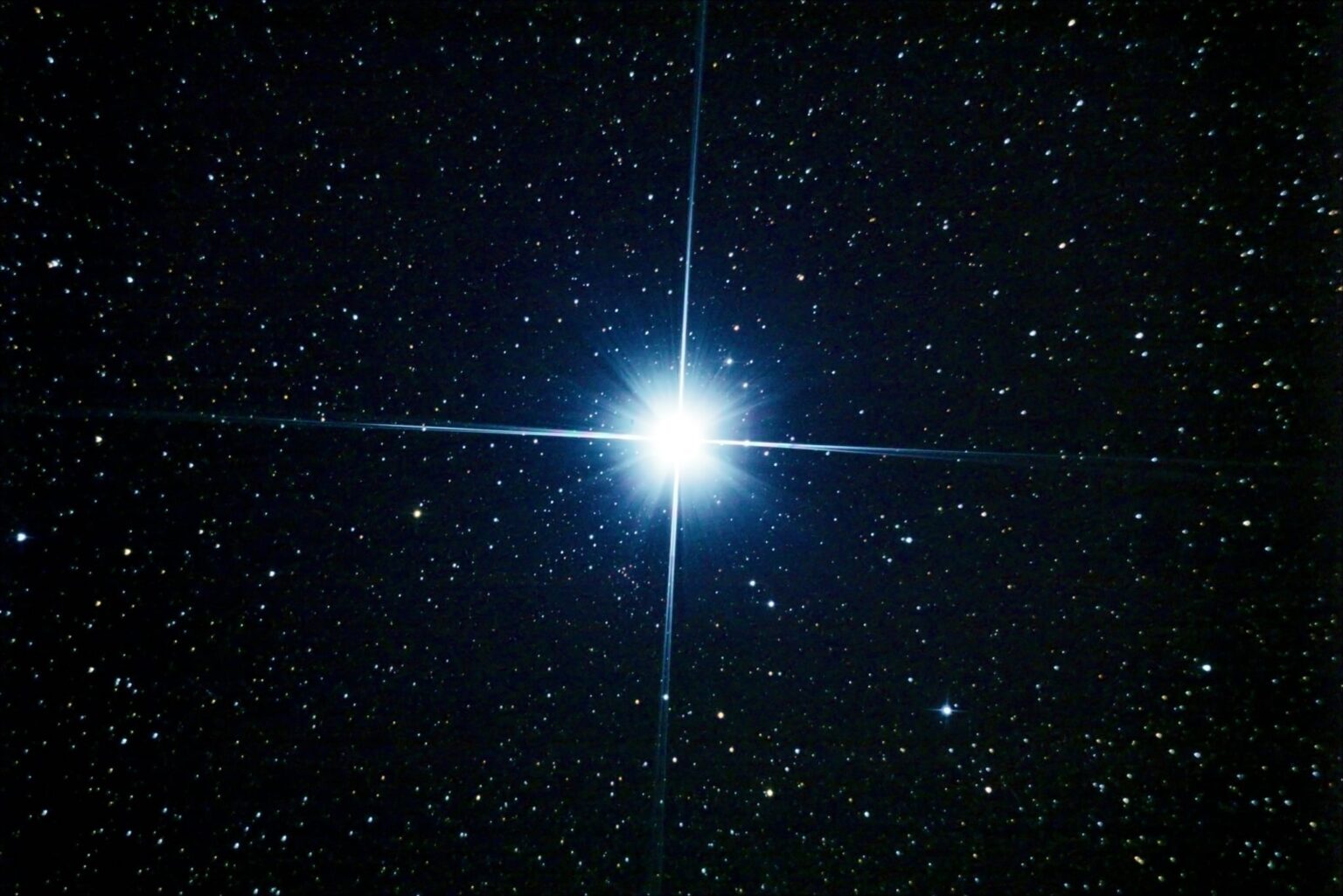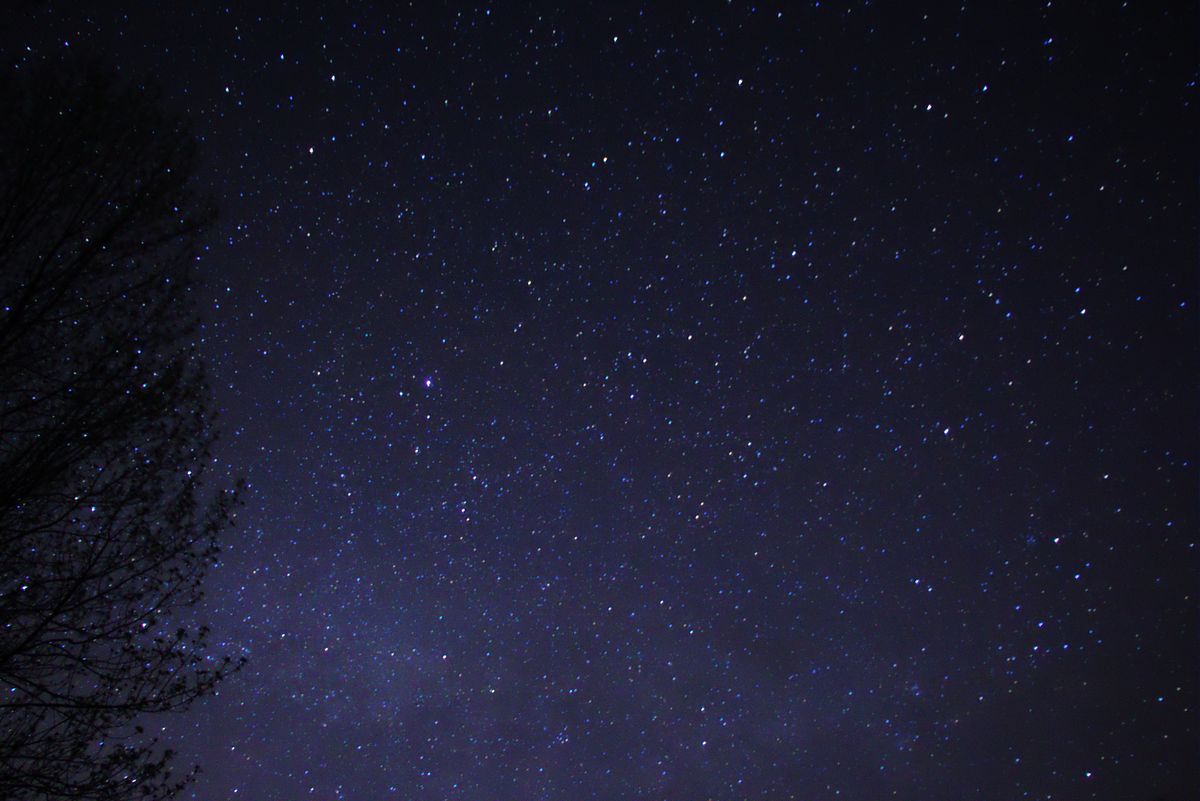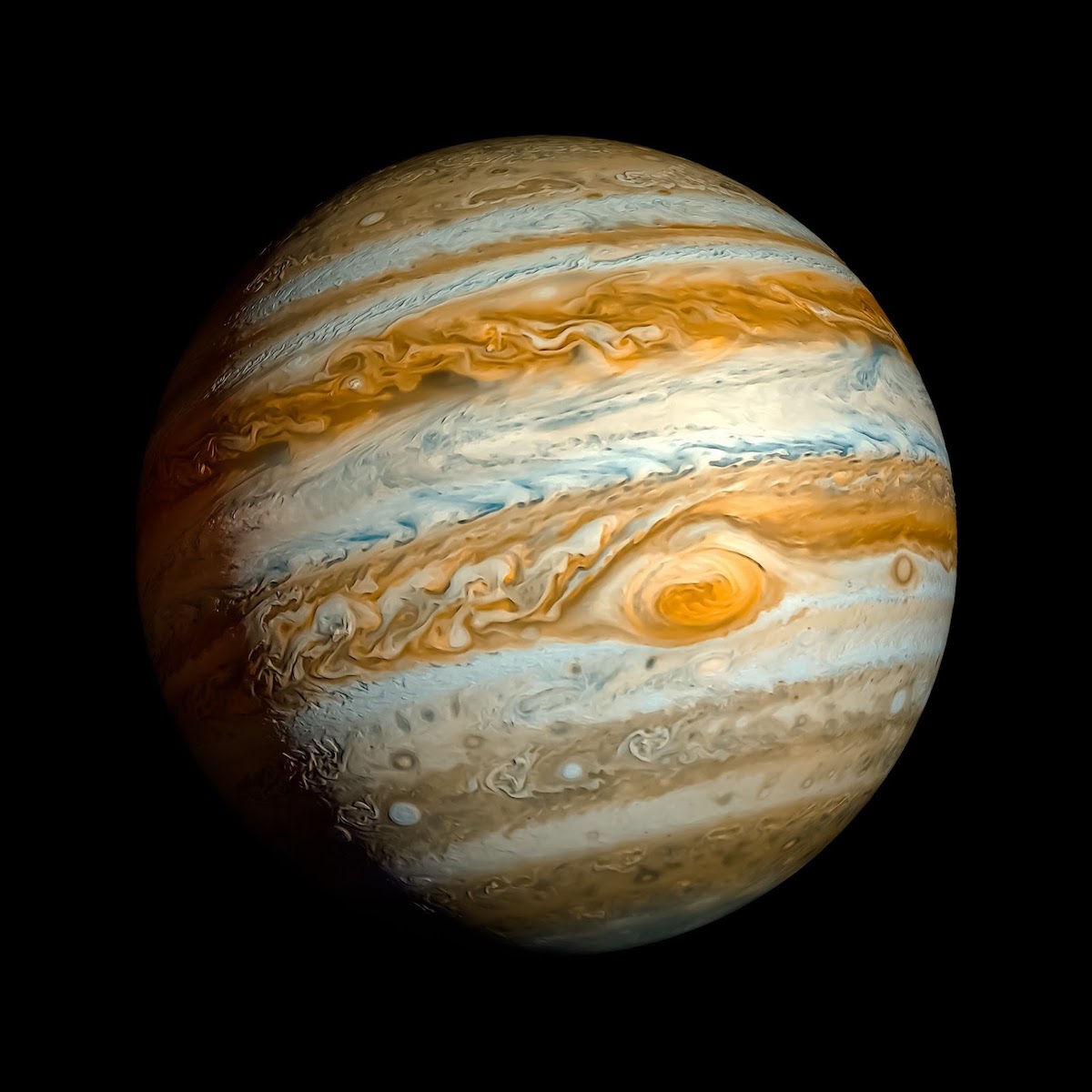
A “Christmas Star”? How Saturn and Jupiter will light the sky this month
At the end of a pretty scary and unpredictable year, it looks like we’re going to be gifted with what some people might refer to as a “Christmas miracle”. A rare planetary conjunction is taking place in the sky and we will be able to see it a few days before Christmas.
About every twenty years, Jupiter & Saturn align. However, scientists believe it’s been almost 800 years since they’ve been as close together as they are going to be on December 21st. They will be so close, in fact, from the human perspective, they will appear as a double “star,” prompting references to the “Christmas star” or “Star of Bethlehem.”
You’ll be able to see it unmistakably, because it will be much brighter than any of its surrounding stars. It will stand out when the time comes, and it will be a sight that is not to be missed, so clear your schedules!

The science behind the phenomenon
Although the planets will appear close to the human eye, they’ll actually be pretty far apart. Scientists measure space-distances by astronomical units (au), one au being just about the distance between the Earth and the Sun. Jupiter is 5 au from Earth, and Saturn is 10. So, while they will look like they’re practically overlapping when the time comes, they’ll still be pretty far apart.
Rice University astronomer Patrick Hartigan commented on the upcoming event, explaining: “Alignments between these two planets are rather rare, occurring once every 20 years or so, but this conjunction is exceptionally rare because of how close the planets will appear to be to one another.”

Just how rare will this sighting be?
Hartigan also told Forbes: “you’d have to go all the way back to just before dawn on March 4, 1226, to see a closer alignment between these objects visible in the night sky.” Better get those binoculars ready!
According to NASA, you’ll be able to look at the Christmas Star through binoculars or a small telescope. NASA elaborated on the event, explaining that Jupiter & Saturn have been traveling across the sky all year, and throughout December, they’ll move slowly closer together after each sunset. So if you really want to keep track of the rare occurrence, you can keep tabs on the sky over the next couple weeks.
So just how far apart will the planets appear to be? NASA explained that, to us, they will appear to be just a tenth of a degree, or the thickness of a dime, apart.

NASA also emphasized the importance of this event. Officials explained it’s “the greatest great conjunction between Jupiter and Saturn”, and said we won’t get another experience like this until 2080.
For the best viewing experience, experts recommended viewers in the Northern Hemisphere look at the southwestern sky for around forty-five minutes following sunset on the 21st. But if you miss it, don’t worry. Chances are it’ll be visible all week.

The Christmas star throughout history
We’ve all heard of the Star of Bethlehem which shows up in the nativity story of the Gospel of Matthew. In the Gospel, “wise men from the East” are influenced by the star to travel to Jerusalem.
Some astronomers, including the famous Johannes Kepler, actually theorized this star was a conjunction between Jupiter, Saturn, and Mars. So, this might well be a biblical-style event, especially because it will be appearing just a couple of days before Christmas.
—
Wherever you happen to be on December 21st, it seems like the Christmas Star sighting is not to be missed. Will you watch the sky for the Christmas Star on the 21st? Will you observe this rare phenomenon with a telescope or binoculars? Let us know in the comments!



